Ancient Psychedelia: Alien Gods & Mushroom Goddesses
Online Book - Chapter 14, Page 284
Back to Online Book Mainpage / Next Page (Chapter 14, Page 285)
Minerva was another late coming Roman goddess of health and medicine, modelled after the Greek Athena or Artemis. She was known as Minerva-Medica. She was a goddess of wisdom, strategy and the arts. (141) Her name is likely derived from mens meaning “mind” as she was associated with intellectual wisdom and higher learning. The third degree in the Illuminati is known as the Minerval or Brother of Minerva. (142) The Initiate into the Ordo Templi Orientis is also called a Minerval. (143) Depictions of her are revealed on Bronze figurines where she is holding an owl in one hand, a shield with a serpent on its face in the other hand and on her head is perched an Etruscan “plume.” (In actuality, a giant mushroom). We see this Etruscan/Roman/Greek plume on all sorts of imagery through the Mediterranean from Greek and Roman coins c. 380-228 BC (49a, c) to a relief from the Palace of King Sargon II, perched atop the horse heads, of all places (23c). How is it that a Roman horse and a Greek and Roman soldier could have the same headdress as the Mayan priesthood? 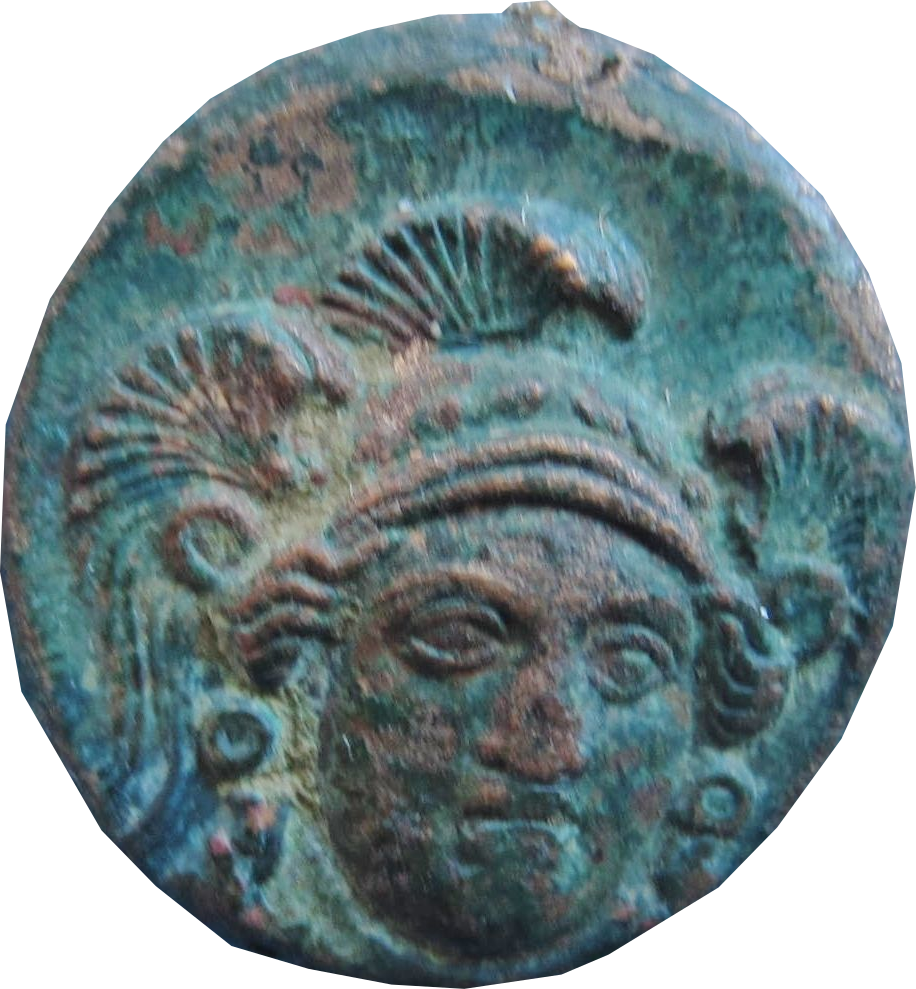 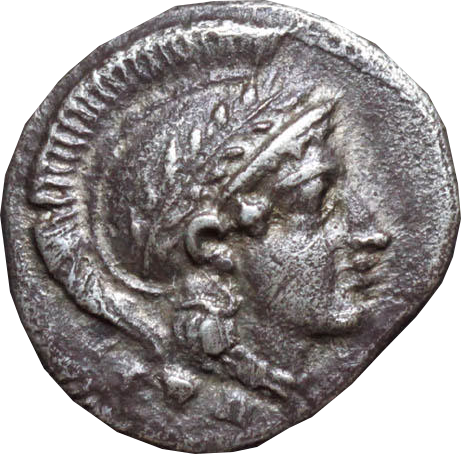 R: (49c) Calabria, Tarentum AR Diobol Helmeted head of Athena, helmet decorated with laurel c. 280-228 BC 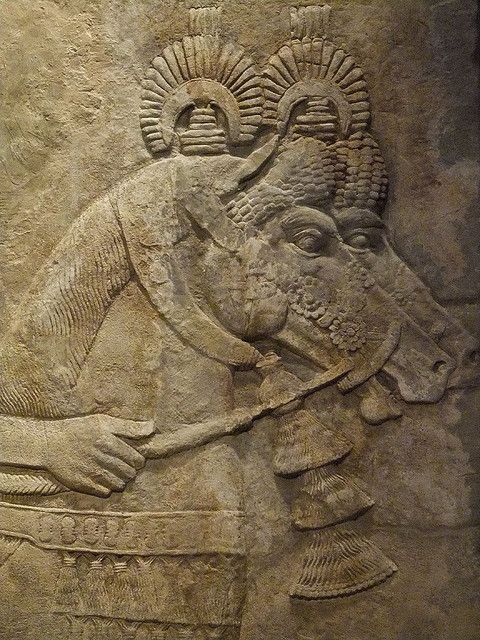 (23c) Relief from the Palace of King Sargon II at Dur Sharrukin in Assyria c. 716-713 BC |
While we are on the subject of mushroom headdresses, it may be a good time to inspect the way that coins were first designed and evolved under Greek and Roman rule. The oldest coins known, being India punchmark coins from 650 BC; the second oldest are Greek coins from about 450 BC. The gills of the mushroom on the cap are often depicted as rays or a halo on the head, as we have seen over and over. On the earliest coins there is no ridge at all. They are “cut.” Our modern coins have ridging on the sides, and if we look at coins from this early time period, we can see the ridging evolving and morphing. It appears first at the edge of the coin (48i, j) and then also appears on the head of a figure from the same period (48j). This evidence leads me to conclude that our modern coins evolved from the concept of the mushroom cap, directly. The round shape of them and the ridge on the sides being the gills as well.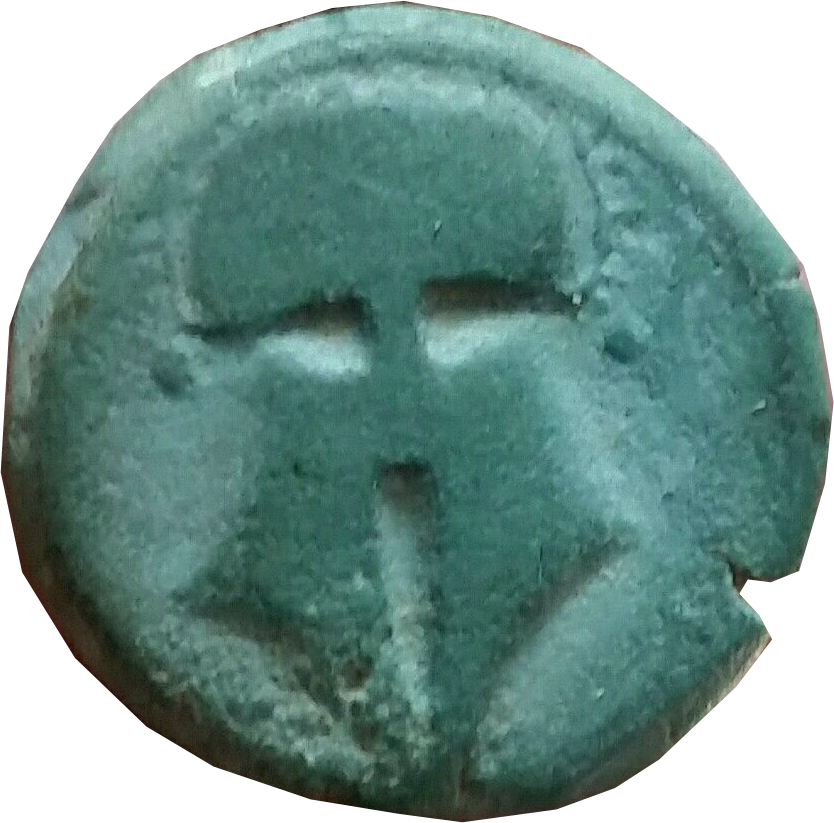 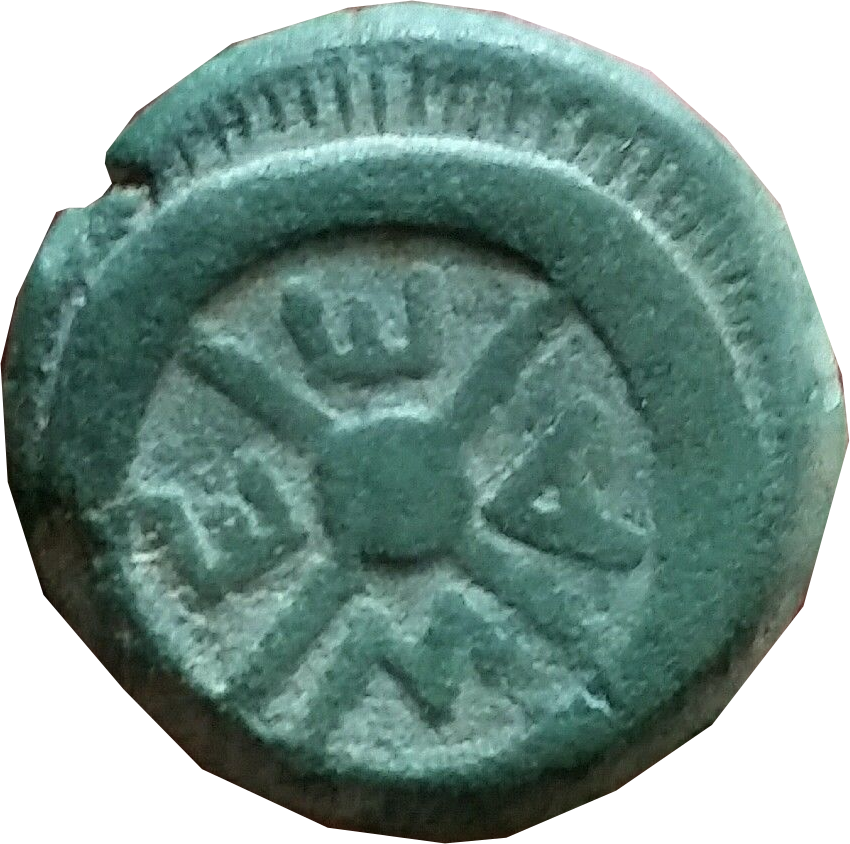 (48i) Mesembria in Thrace c. 400 BC 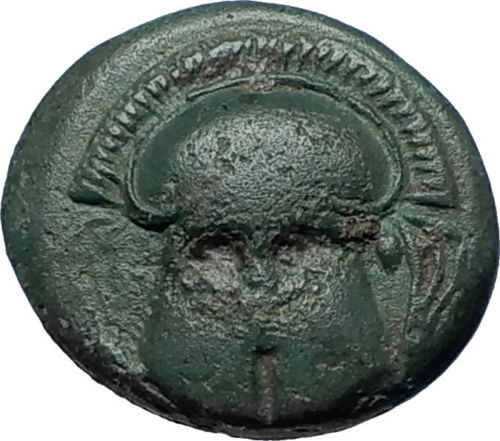 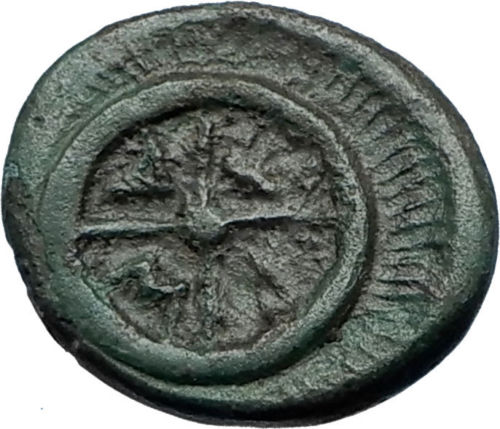 (48j) Mesembria in Thrace c. 400 BC (141) Healing Gods, p. 434 (142) John Robison Proofs of a Conspiracy (1798) (143) https://oto-usa.org/oto/initiation/ |
Go Back to Page 283